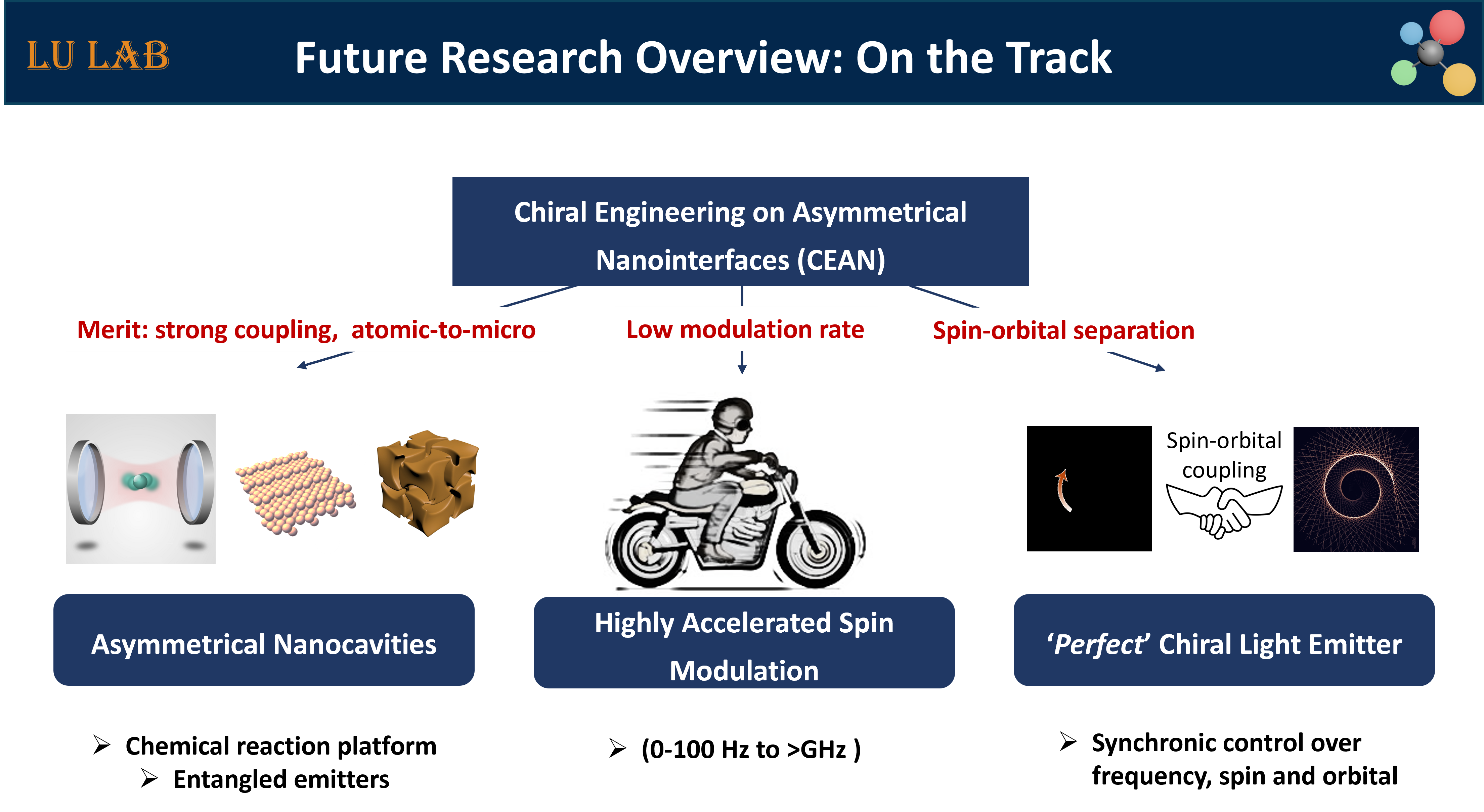2024 AIChE Annual Meeting
(4oo) Chiral Engineering on Asymmetrical Nanointerface
Author
- Realizing the benefits of strong coupling and atomic-to-micro scale chirality continuity in asymmetric nanocavities for catalytic reactions and entangled photon operations (Thrust I).
- Accelerating photon spin modulation beyond GHz levels by engineering the intrinsic electric and magnetic moments of materials (Thrust II).
- Developing 'perfect' chiral light-emitting devices with synchronized control over frequency, spin, and orbital angular momentum (Thrust III).
Teaching Interests: I aim to adopt a philosophy of sharing rather than traditional teaching in my role as an educator. Reflecting on my experiences as a student with a bachelor’s degree in science education and an advanced professional teaching certificate, I understand that simply presenting information may not always engage students or motivate them to learn. As an effective teacher, I believe it is crucial to stand on equal footing with my students and consider their perspectives. By sharing my experiences and accumulated knowledge, I hope to inspire students to take an active role in their learning journey. My primary goal is to help students develop self-learning abilities. In my new role as a faculty member, I am confident in applying these strategies to various courses, such as:
- Nano-optics with Polarization
- Colloidal Nanomaterials: Synthesis, Self-assembly, and Nanophotonics

